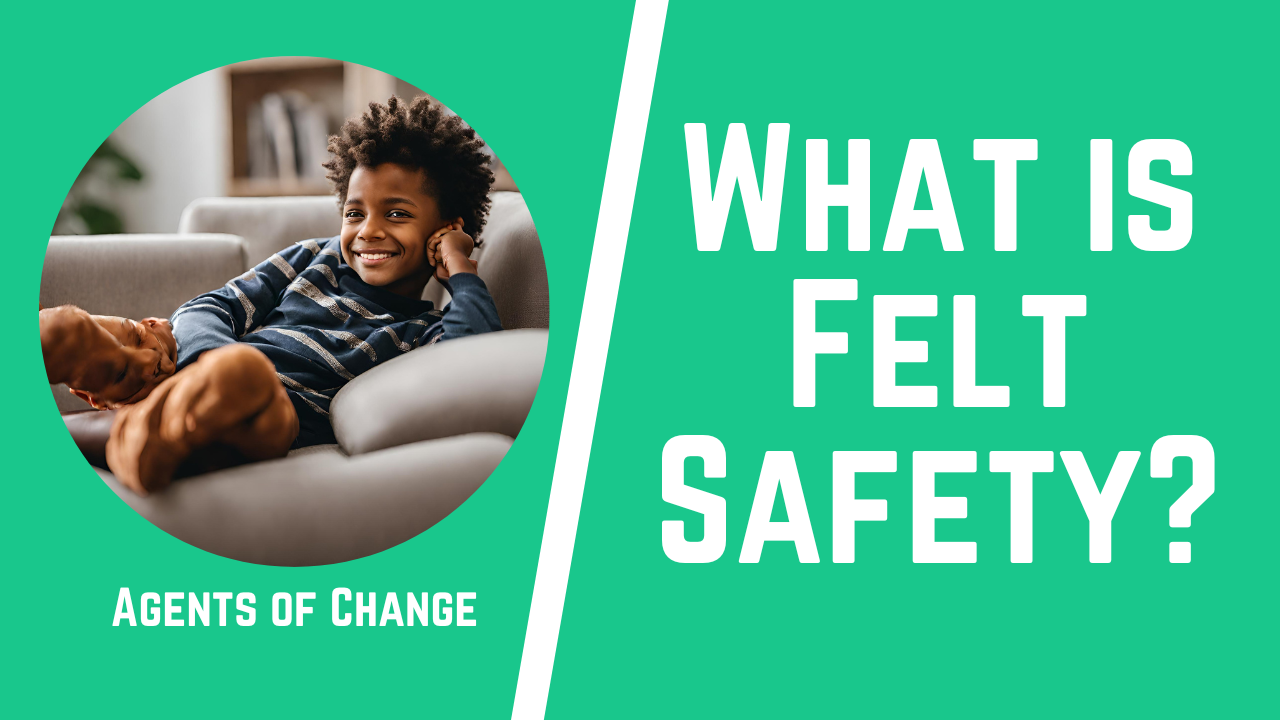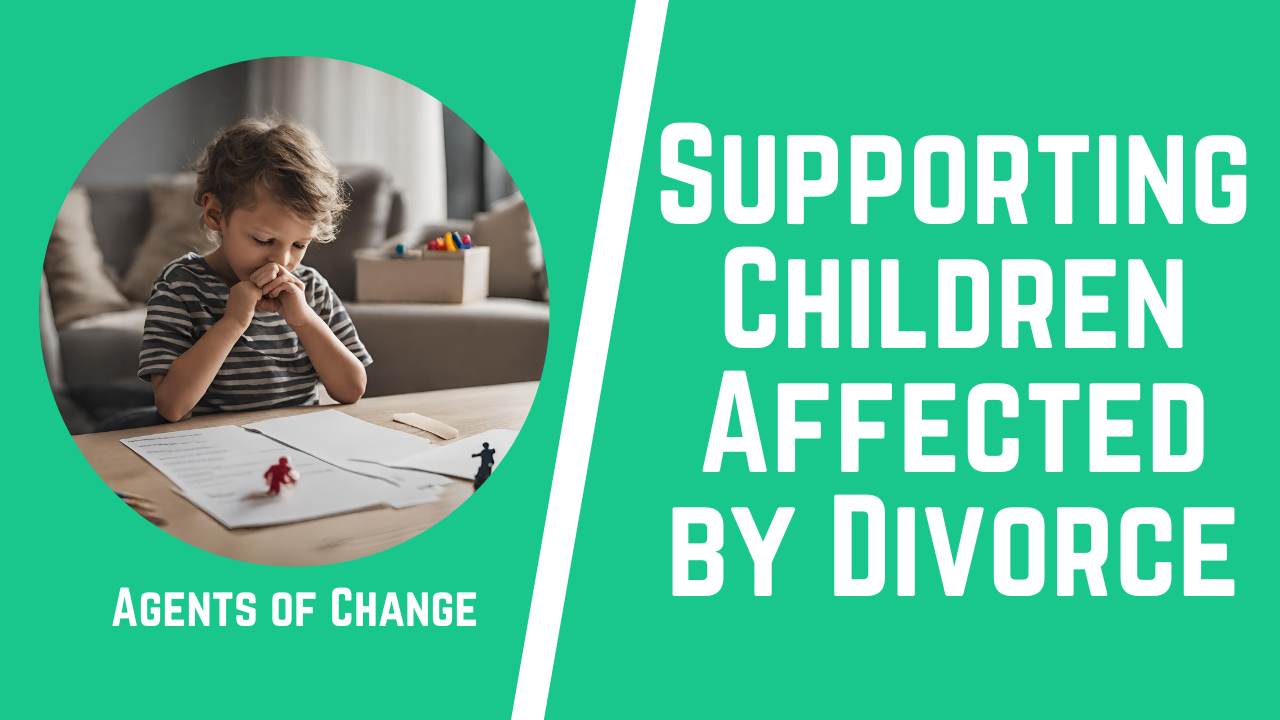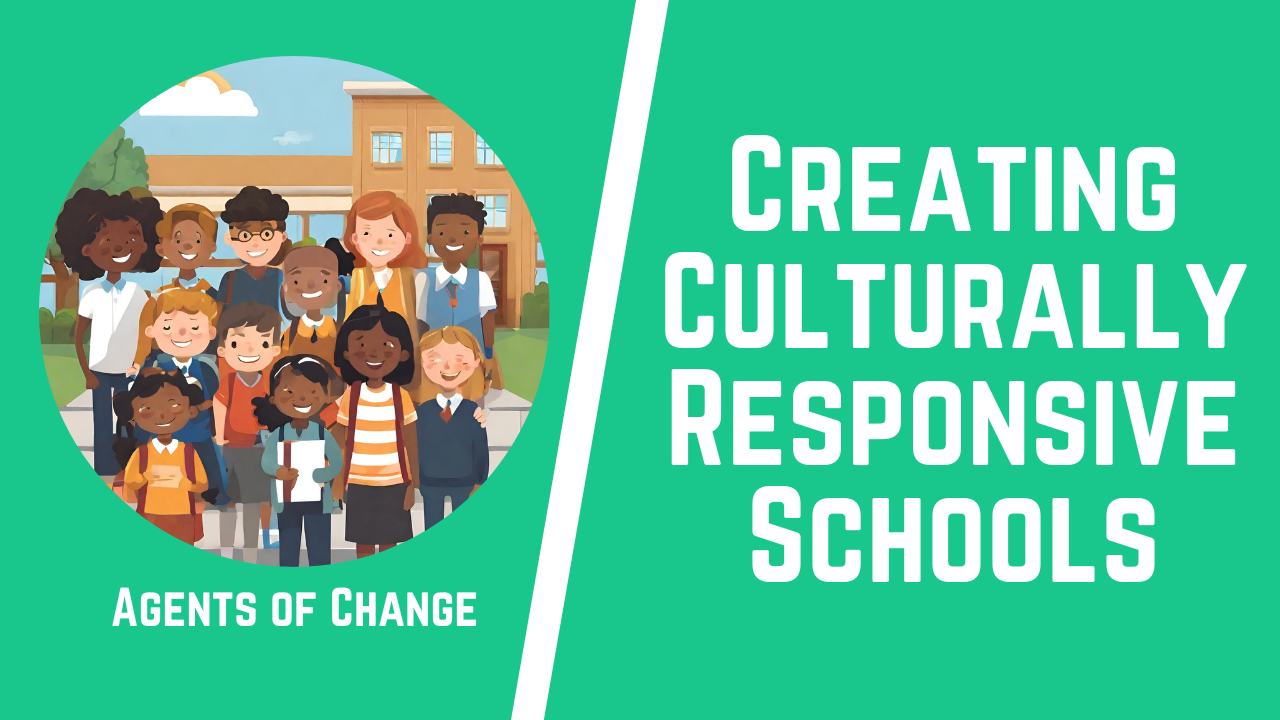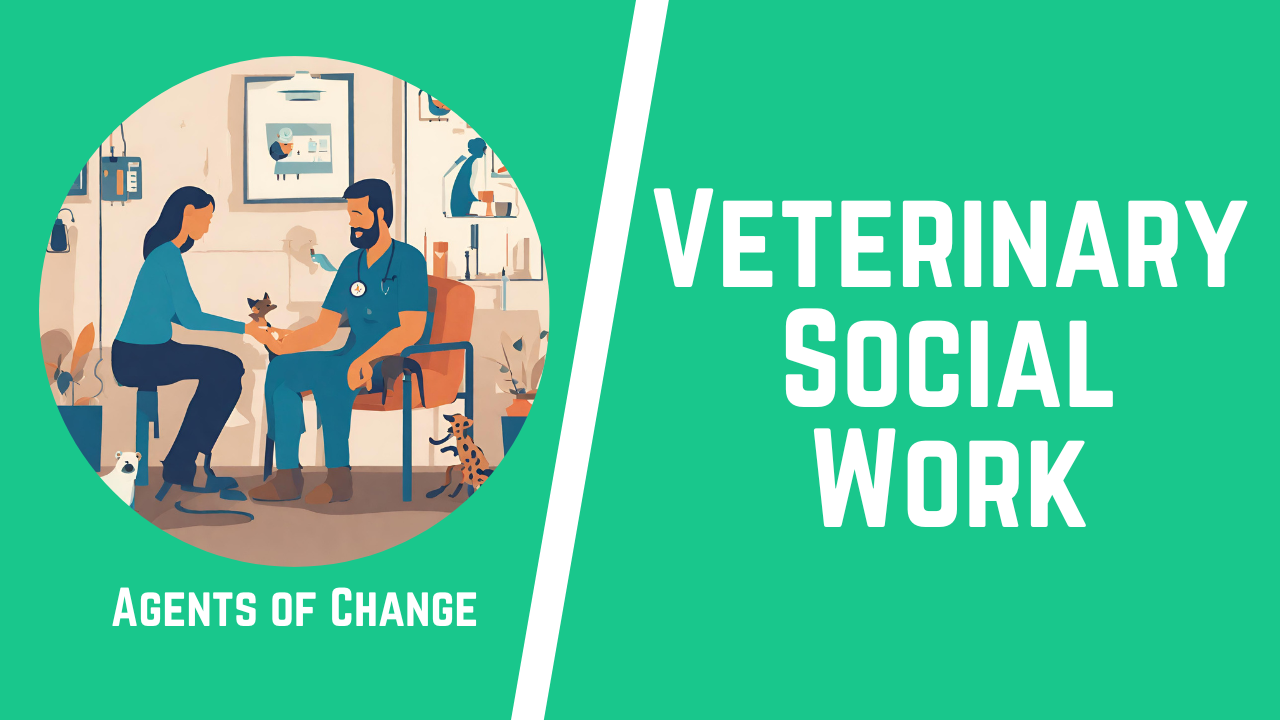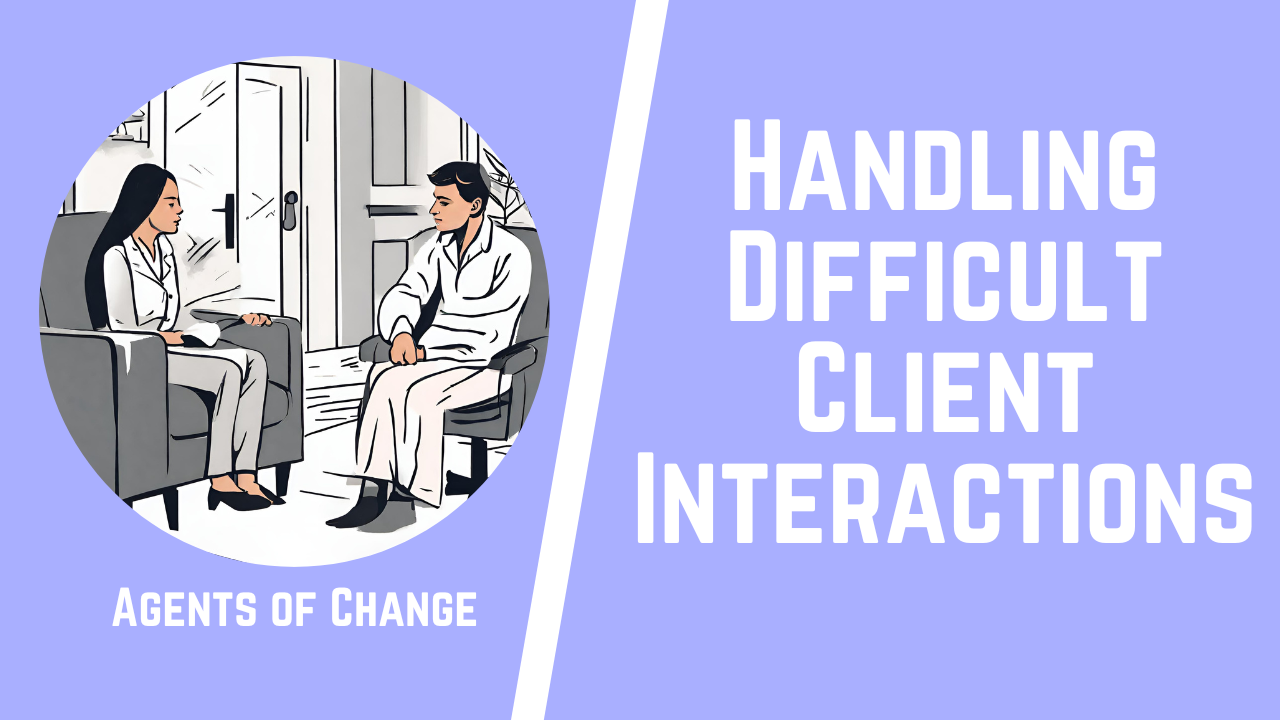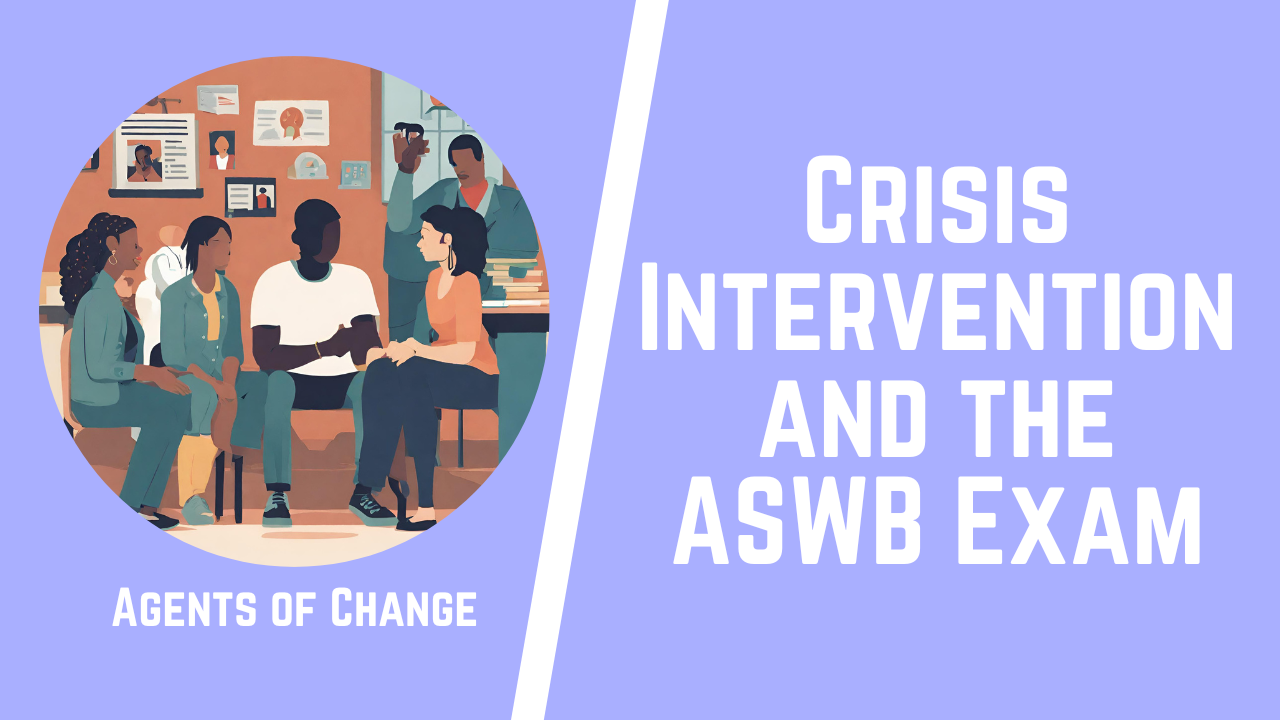Have you ever wondered “What is Felt Safety?” It’s a term that might not be familiar to everyone, but for Social Workers and therapists, it’s a fundamental concept that shapes the way they engage with clients.
Felt safety goes beyond the absence of physical danger; it encompasses a person’s emotional and psychological sense of security. It’s about feeling secure from internal fears as much as external threats, a state of being that allows individuals to open up, trust, and engage fully in therapeutic processes. This deep-seated sense of security is essential for effective intervention and genuine healing.
In Social Work, understanding and cultivating felt safety can dramatically transform client outcomes. When clients feel safe, they are more likely to express their true thoughts and feelings, which is crucial for addressing the root causes of their challenges. For Social Workers, creating an environment that exudes this sense of security involves consistent behavior, empathetic listening, and clear communication. These elements help to foster a therapeutic space where individuals feel valued and understood, paving the way for significant positive changes in their mental health and overall well-being.
Did you know? Agents of Change Continuing Education offers Unlimited Access to 150+ CE courses for one low annual fee to meet your state’s requirements for Continuing Education credits and level up your career.
We’ve helped thousands of Social Workers with Continuing Education, learn more here about Agents of Change and claim your 5 free CEUs.
1) What is Felt Safety?
Understanding the Concept
Felt safety might seem like a straightforward term, but it encompasses a wide array of psychological states and experiences that contribute to an individual’s overall sense of security. Unlike basic safety, which can be achieved through physical means like locks on doors or walking in well-lit areas, felt safety refers to an internal state of peace and security.
It’s the emotional and psychological counterpart to physical safety, deeply rooted in our interactions, environments, and internal dialogues.
- Emotional Safety: Feeling protected from emotional harm and judgment.
- Psychological Safety: Having the space to express thoughts and feelings without fear of negative repercussions.
- Social Safety: Experiencing acceptance and support from a community or social group.
Key Components of Felt Safety
To truly grasp what felt safety involves, it’s essential to understand its components. Here are a few that are particularly relevant to Social Work and therapy:
- Predictability: Knowing what to expect from one’s environment and interactions can greatly enhance felt safety. Uncertainty can lead to anxiety, whereas predictability fosters a sense of security.
- Control: Feeling a sense of control over one’s environment and decisions is crucial. This doesn’t mean controlling every aspect of life but rather having a say in matters that affect one’s well-being.
- Empowerment: Being equipped with the tools and confidence to manage one’s life effectively contributes to felt safety. Empowerment allows individuals to face challenges with a sense of preparedness.
Why Felt Safety Matters in Social Work
Felt safety is vital in Social Work because it lays the foundation for effective therapy and successful client interactions. Here are some reasons why fostering felt safety is essential:
- Trust Building: When clients feel safe, they are more likely to trust their Social Workers and engage openly in therapy sessions.
- Enhanced Communication: A safe environment encourages honest and open communication, allowing Social Workers to gain deeper insights into their clients’ needs and challenges.
- Improved Therapy Outcomes: Clients who feel safe are more receptive to therapeutic interventions, which can lead to more effective outcomes.
Strategies to Foster Felt Safety
In practice, there are several strategies that Social Workers can use to foster felt safety in their interactions with clients:
- Consistent Practices: Maintain a routine and predictable structure for sessions to help clients know what to expect.
- Active Listening: Show genuine interest in what the client is saying without immediately jumping to conclusions or judgments.
- Affirmation: Regularly affirm the client’s feelings and experiences to validate their emotions and perspectives.
Felt Safety in Different Settings
The concept of felt safety can be applied in various settings beyond individual therapy, including group therapy, community Social Work, and crisis intervention:
- Group Therapy: Create norms and guidelines that promote mutual respect and confidentiality among participants.
- Community Social Work: Engage with the community in ways that build trust and promote collective security and support.
- Crisis Intervention: Prioritize immediate emotional and psychological support to stabilize individuals in crisis before addressing long-term issues.
Understanding and implementing felt safety in Social Work is crucial for creating effective therapeutic environments. It not only supports the healing and growth of clients but also enhances the overall impact of Social Work interventions.
By focusing on emotional and psychological security, Social Workers can provide a foundation for their clients to explore and resolve their issues in a supportive and empowering setting.
Learn more about Agents of Change Continuing Education. We’ve helped thousands of Social Workers with their Continuing Education and want you to be next!
2) How Felt Safety Influences Therapeutic Outcomes
Enhancing Client Engagement
The presence of felt safety in therapeutic environments significantly impacts how clients engage with therapy. When clients feel safe, they are more likely to be open and honest about their feelings and experiences, which is crucial for effective therapy.
This openness allows Social Workers to better understand the issues at hand and tailor their interventions accordingly.
- Increased Disclosure: Clients are more likely to share personal or difficult memories and feelings.
- Reduced Resistance to Therapy: Clients who feel safe are less likely to resist therapeutic processes and interventions.
- Greater Compliance with Treatment Plans: Feeling safe can enhance clients’ willingness to follow through with recommended actions outside of therapy sessions.
Facilitating Deeper Emotional Processing
Felt safety allows clients to access and process emotions that might be too difficult to confront in a less secure environment. This deep emotional processing is essential for healing, especially for clients dealing with trauma or deep-seated psychological issues.
- Emotional Regulation: Clients learn to manage their emotions more effectively.
- Trauma Recovery: Safe therapeutic environments are crucial for clients to explore and heal from traumatic experiences.
- Cognitive Reappraisal: Clients can reevaluate and change their perceptions of past events in a safe setting.
Supporting Lasting Behavioral Change
When clients feel safe, the therapeutic interventions are more likely to result in lasting behavioral changes. This is because the therapy can go beyond surface issues and address the underlying causes of behaviors.
- Improved Coping Strategies: Clients develop healthier ways to cope with stress, anxiety, and other challenges.
- Behavior Modification: Safe environments support the modification of problematic behaviors by allowing clients to explore the motivations behind their actions without judgment.
- Enhanced Self-Efficacy: Clients build confidence in their abilities to make positive changes in their lives.
The Role of the Therapist in Cultivating Felt Safety
Creating an environment of felt safety is a dynamic and ongoing process that requires active participation from the therapist. Here are some strategies therapists can use to enhance felt safety:
- Skillful Use of Therapeutic Techniques: Techniques such as reflective listening, validation, and empathy are crucial in establishing and maintaining felt safety.
- Personalizing the Therapy Approach: Adjusting therapeutic methods to suit the individual needs of each client helps them feel understood and supported.
- Maintaining Professional Boundaries: Clear boundaries contribute to a safe therapeutic environment by defining the professional relationship and expectations.
Challenges in Fostering Felt Safety
While the benefits of felt safety are clear, creating such an environment can be challenging in certain contexts. Here are some common hurdles:
- Client History: Clients with a history of trauma or abuse may have difficulty trusting and may require more time to feel safe.
- Cultural and Social Factors: Differences in cultural or social backgrounds between the client and therapist can create misunderstandings that hinder the development of felt safety.
- Systemic Barriers: Limitations in resources, organizational policies, or societal stigmas can impede the establishment of a safe therapeutic environment.
The concept of felt safety is a cornerstone of effective therapy. It influences how clients engage with the therapeutic process, facilitates deeper emotional processing, and supports lasting change.
Therapists play a crucial role in creating and maintaining this safety, adapting their approaches to meet the unique needs of each client. Despite the challenges, the pursuit of fostering felt safety is a worthy endeavor that significantly enhances therapeutic outcomes.
We’ve helped thousands of Social Workers with Continuing Education, learn more here about Agents of Change and claim your 5 free CEUs!
3) The Intersection of Felt Safety and Cultural Competence in Social Work
Understanding Cultural Competence
Cultural competence in Social Work refers to the ability of professionals to effectively deliver services that meet the social, cultural, and linguistic needs of their clients. It involves understanding and respecting cultural differences, which can significantly influence how individuals perceive safety and trust within a therapeutic setting.
- Awareness of Cultural Variations: Recognizing how culture impacts emotional expression, mental health stigma, and coping mechanisms.
- Knowledge of Specific Cultural Practices: Being informed about traditions, values, and norms that shape clients’ worldviews and behaviors.
- Skills in Cross-Cultural Communication: Using appropriate language, showing sensitivity to cultural nuances, and avoiding assumptions based on one’s own cultural norms.
The Role of Cultural Competence in Fostering Felt Safety
Cultural competence directly enhances felt safety by ensuring that Social Work practices are not only respectful but also relevant to the cultural context of the client. This relevance helps clients feel understood and valued, which is critical for establishing trust.
- Tailoring Interventions: Adapting therapeutic techniques to align with cultural expectations and values.
- Building Trust: Demonstrating respect and understanding of a client’s cultural background helps in building a stronger therapeutic relationship.
- Reducing Misunderstandings: Clear communication that accounts for cultural contexts helps prevent potential conflicts or misunderstandings that could threaten the client’s sense of safety.
Integrating Cultural Competence and Felt Safety
For Social Workers, the integration of cultural competence and felt safety involves several strategic actions that can enhance therapy outcomes. Here are key practices that can be employed:
- Cultural Assessments: Incorporating cultural assessments into initial client evaluations to better understand the client’s background and current needs.
- Continuous Education: Engaging in ongoing learning about different cultures and how these cultures perceive mental health and therapy.
- Client-Centered Approach: Allowing the client’s cultural identity to guide the therapeutic process and decision-making, thereby reinforcing their sense of safety.
Challenges at the Intersection
While integrating cultural competence and felt safety is crucial, it does present unique challenges that require careful navigation:
- Complexity of Cultural Identity: Each individual’s cultural identity is layered and dynamic, which can complicate the understanding and application of culturally competent practices.
- Potential for Cultural Missteps: Even well-intentioned actions can be perceived differently than intended, potentially harming the client’s sense of safety.
- Resource Limitations: Lack of access to culturally specific resources or training can hinder a social worker’s ability to provide culturally competent care.
Moving Forward with Cultural Competence and Felt Safety
To effectively address these challenges, Social Workers must commit to an ongoing process of self-reflection, education, and adaptation. By doing so, they ensure that their practice not only meets the clinical needs of their clients but also deeply respects and incorporates their cultural identities.
This dual commitment can profoundly impact the therapeutic relationship, fostering a deeper sense of safety and facilitating more meaningful and successful interventions. In essence, understanding and integrating the principles of cultural competence and felt safety can transform the practice of Social Work, making it more inclusive, effective, and profoundly impactful.
4) FAQs – Felt Safety
Q: What exactly does felt safety mean in the context of Social Work?
A: Felt safety refers to a client’s internal sense of security and trust, particularly within therapeutic settings. It goes beyond the absence of physical threats and encompasses emotional and psychological security.
This concept is crucial in Social Work because it affects how clients engage with their Social Worker and the therapeutic process. A sense of felt safety allows clients to open up about personal experiences, engage more deeply in therapy, and participate actively in their recovery and growth processes.
Q: How can Social Workers effectively foster felt safety in diverse client populations?
A: Social Workers can foster felt safety through several key practices that are adaptable to diverse client populations:
- Consistent and Predictable Interactions: Maintaining regular sessions and a consistent approach can help build a reliable environment for clients.
- Culturally Competent Care: Understanding and respecting each client’s cultural background, beliefs, and norms to ensure that care is relevant and respectful.
- Empathetic Communication: Employing active listening and validating the client’s feelings and experiences to build trust and understanding.
- Transparency in Process: Clearly explaining the therapy process and any interventions being used to help clients feel more in control and less anxious about what to expect.
These strategies should be tailored to meet the specific cultural, emotional, and psychological needs of each client, thereby enhancing the felt safety within therapeutic relationships.
Q: Where can Social Workers find additional resources to learn more about creating felt safety?
A: Social Workers seeking to enhance their understanding and application of felt safety can find resources through several avenues:
- Continuing Education: Platforms like Agents of Change Continuing Education offer courses that include training on felt safety and other critical aspects of Social Work.
- Professional Workshops and Seminars: Many professional organizations and universities offer workshops and seminars that focus on enhancing therapeutic skills, including how to foster felt safety.
- Literature and Research: A wide range of books, academic papers, and articles are available that discuss the concept of felt safety and its application in therapy and Social Work.
- Peer Consultation: Engaging with colleagues and mentors to discuss experiences and strategies can also be a valuable resource for Social Workers.
5) Conclusion
Understanding and implementing felt safety in Social Work is more than a method—it’s a cornerstone of effective practice that fundamentally shapes the therapeutic relationship. By fostering an environment where clients feel emotionally and psychologically secure, Social Workers can significantly enhance the effectiveness of their interventions. This secure foundation allows clients to explore sensitive issues, engage deeply with the therapeutic process, and ultimately achieve more meaningful and lasting changes.
Resources such as Agents of Change Continuing Education play a pivotal role in equipping Social Workers with the necessary skills and knowledge to create such environments. Continued learning and professional development in this area are vital, as they broaden a Social Worker’s expertise and directly contribute to the well-being of their clients. As the field of Social Work continues to evolve, the emphasis on felt safety and the methods to cultivate it must also adapt, ensuring that all clients receive the most supportive and effective care possible.
Learn more about Agents of Change Continuing Education. We’ve helped thousands of Social Workers with their Continuing Education and want you to be next!
————————————————————————————————————————————————
► Learn more about the Agents of Change Continuing Education here: https://agentsofchangetraining.com
About the Instructor, Meagan Mitchell: Meagan is a Licensed Clinical Social Worker and has been providing Continuing Education for Social Workers for more than 8 years. From all of this experience helping others pass their exams, she created Agents of Change Continuing Education to help Social Workers stay up-to-date on the latest trends, research, and techniques.
#socialwork #socialworker #socialwork #socialworklicense #socialworklicensing #continuinged #continuingeducation #ce #socialworkce #freecesocialwork #lmsw #lcsw
Disclaimer: This content has been made available for informational and educational purposes only. This content is not intended to be a substitute for professional medical or clinical advice, diagnosis, or treatment

